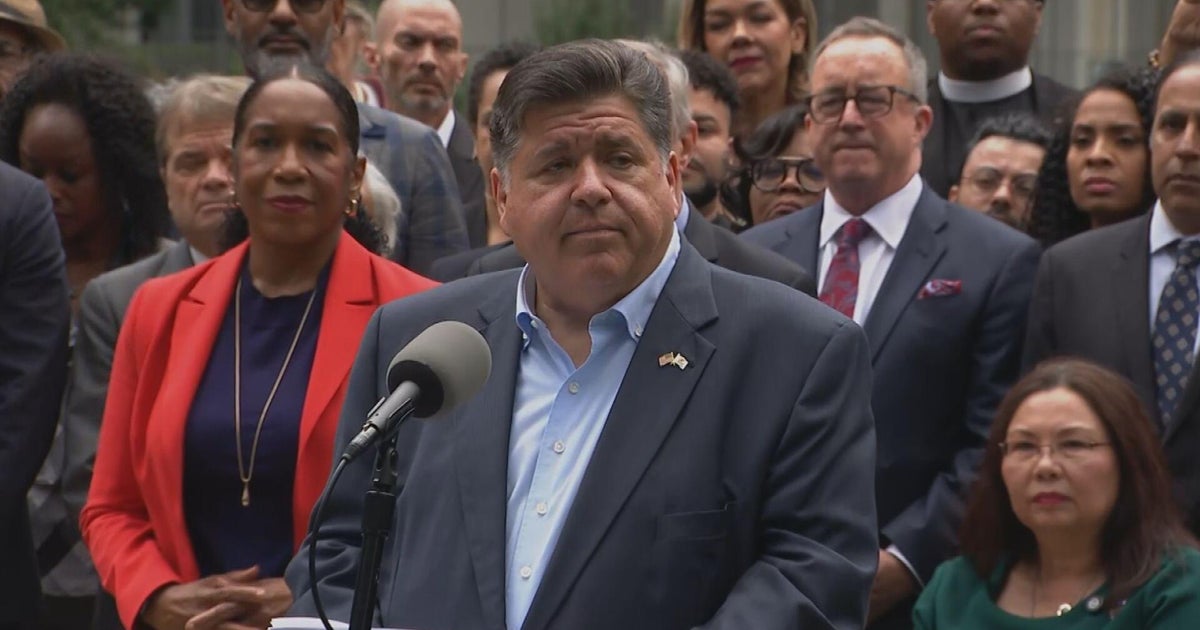President Trump Commemorates Memorial Day at Arlington National Cemetery

About the People Mentioned
Donald Trump
Donald John Trump, born June 14, 1946, in Queens, New York, is an American businessman, media personality, and politician. He graduated from the University of Pennsylvania’s Wharton School in 1968 with a degree in economics. In 1971, he took over his family’s real estate business, renaming it the Trump Organization, through which he expanded into building and managing skyscrapers, hotels, casinos, and golf courses. Trump gained widespread fame as the host of the reality TV show *The Apprentice* from 2004 to 2015, which helped establish his public persona as a successful entrepreneur. Trump entered politics as a Republican and was elected the 45th president of the United States, serving from 2017 to 2021. His presidency was marked by significant policy actions including tax cuts, deregulation, the appointment of three Supreme Court justices, renegotiation of trade agreements (notably replacing NAFTA with the USMCA), and a focus on immigration control including border wall expansion. He withdrew the U.S. from international agreements such as the Paris Climate Accord and the Iran nuclear deal, and engaged in a trade war with China. His administration’s response to the COVID-19 pandemic was criticized for downplaying the virus’s severity. Trump was impeached twice by the House of Representatives—first in 2019 for abuse of power and obstruction, and again in 2021 for incitement of insurrection—but was acquitted by the Senate both times. After losing the 2020 election to Joe Biden, Trump challenged the results, culminating in the January 6, 2021, Capitol riot. He remains a central figure in American politics, having won the 2024 presidential election and returned as the 47th president in 2025, continuing to promote policies aimed at economic growth, border security, and military strength[1][2][3][4].
Gold Star families
Gold Star families are those who have lost an immediate family member—such as a parent, spouse, sibling, or child—due to their service in the U.S. military during a period of war or hostilities. The term originated during World War I from the practice of displaying a Service Flag, which featured a blue star for each family member serving in the military; when a service member died, the blue star was replaced with a gold star to signify the family’s sacrifice[1][5][8]. The United States formally recognizes Gold Star families through several observances, including Gold Star Mother's and Family Day on the last Sunday of September and Gold Star Spouses Day on April 5. The Gold Star Lapel Button, authorized by Congress in 1947, is presented to surviving family members as a symbol of their loved one’s ultimate sacrifice[1][5][8]. Gold Star families play a significant role in preserving the memory and legacy of fallen service members and often participate in programs such as the Veterans History Project, which collects personal accounts to honor veterans’ service and sacrifice[3]. Organizations like the Gold Star Wives and local support groups provide ongoing assistance and community to bereaved families, acknowledging their grief and promoting healing[1][6]. The losses represented by Gold Star families span all U.S. conflicts, including World Wars, Korea, Vietnam, and more recent wars in Iraq and Afghanistan. Since 9/11, thousands of service members have died both in combat and non-combat circumstances, leaving behind living Gold Star families who continue to receive recognition and support[6]. Government and military agencies offer outreach and assistance through programs such as Survivor Outreach Services to ensure these families are supported emotionally and practically over time. These efforts underscore the nation’s recognition that the strength of its armed forces is closely tied to the strength of the families of the fallen[1][4][9].
About the Organizations Mentioned
Arlington National Cemetery
## Overview and Mission Arlington National Cemetery (ANC) is the United States’ premier active military cemetery, serving as the final resting place for more than 400,000 service members, veterans, and their families[5]. Its primary mission is to honor and remember those who have served the nation in uniform, providing dignified and perpetual care for their gravesites. The cemetery also hosts national memorials, conducts ceremonial events, and educates the public about American military history and sacrifice[5]. ## Historical Background The land that became ANC was originally the estate of George Washington Parke Custis, step-grandson of George Washington, and later the home of his daughter, Mary Anna Randolph Custis Lee, and her husband, Confederate General Robert E. Lee[5]. At the outbreak of the Civil War, the Lee family fled, and the U.S. Army seized the estate for its strategic high ground overlooking Washington, D.C.[7]. In 1863, part of the estate was converted into Freedman’s Village, a refuge for formerly enslaved people[2]. The cemetery itself was established on June 15, 1864, by order of Secretary of War Edwin Stanton, as existing military cemeteries were overwhelmed by Civil War casualties[1]. The first military burial, for Private William Christman, took place on May 13, 1864[1][7]. Brigadier General Montgomery C. Meigs, Quartermaster General, played a pivotal role in the cemetery’s creation, reportedly choosing the site in part to ensure the Lees could not reclaim their home[2][6]. Initially, ANC was segregated by race and rank, but President Harry S. Truman ended segregation in 1948[1]. ## Key Achievements and Notable Features ANC is renowned for its Memorial Amphitheater, dedicated in 1920, and the Tomb of the Unknown Soldier, established in 1921 to honor unidentified service members from World War
















